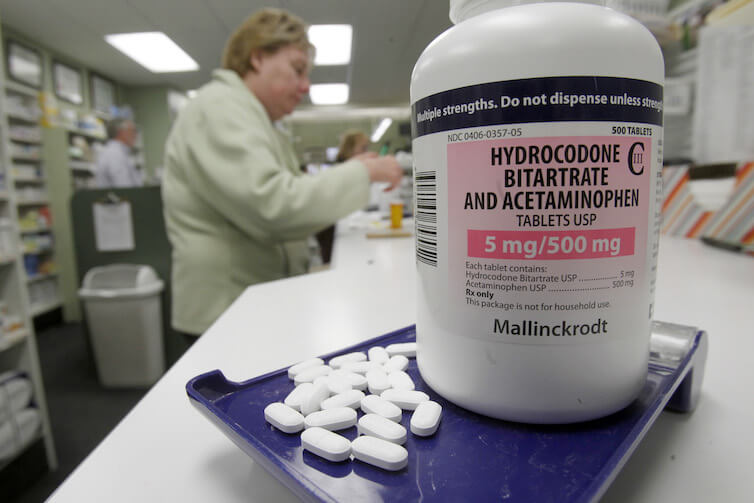The connection between U.S. unemployment and rising opioid abuse
 Opioid abuse, or more accurately the upsurge in opioid abuse, is a headline-grabbing concern for many policymakers, who alongside a number of researchers are wading through the causes and implications of this epidemic. Research showing rising mortality rates among white Americans suggests that increasing economic insecurity for this group may play a role in increasing mortality. New research shows that one form of insecurity—higher unemployment rates—is strongly associated with higher opioid death rates.
Opioid abuse, or more accurately the upsurge in opioid abuse, is a headline-grabbing concern for many policymakers, who alongside a number of researchers are wading through the causes and implications of this epidemic. Research showing rising mortality rates among white Americans suggests that increasing economic insecurity for this group may play a role in increasing mortality. New research shows that one form of insecurity—higher unemployment rates—is strongly associated with higher opioid death rates.
The paper, released last month as a National Bureau of Economic Research working paper, looks at the connection between unemployment and opioid abuse. The three researchers—Alex Hollingsworth of Indiana University, Christopher J. Ruhm of the University of Virginia, and Kosali I. Simon of Indiana University—look at both deaths and emergency room visits due to opioid abuse. (It’s worth noting that the data on emergency room visits aren’t as comprehensive as the data on deaths because they don’t cover the entire United States.)
In short, what the authors find is that higher unemployment rates across both time and place are associated with higher rates of opioid abuse. A 1 percentage point increase in a county’s unemployment rate predicts an increase of 0.19 opioid deaths per 100,000 residents—a 3.6 percent increase. To put it another way, an increase in the unemployment rate from, for example, 5 percent to 6 percent would be associated with a 3.6 percent increase in opioid deaths. The authors also find an increase in opioid-induced emergency room visits. These results broadly hold up when different measures of labor-market health—the share of workers with a job—is used instead of the unemployment rate.
Two aspects of their findings are of interest. The first is that the increased opioid death rate associated with higher unemployment is driven mostly by increased deaths for white Americans. The relationship is significant for Hispanics, but the relationship is strongest for whites. When it comes to emergency room visits, the relationship with unemployment is significant for both white and black Americans.
The second nuance is that the relationship between unemployment and opioid abuse holds for all time periods. In other words, increased opioid abuse isn’t only because of recessions, which increase unemployment. Areas with higher unemployment rates, even during expansions, are predicted to have higher opioid-induced deaths and emergency room visits. Weak labor markets, regardless of the health of the national economy, are strongly tied to opioid abuse.
These findings are important not only for pointing out a potential cause of the opioid crisis, but also for reinforcing the real human damage that unemployment and weak labor markets can inflict. It’s a reminder—one that many policymakers should bear in mind—about the real damage joblessness can wreak.

